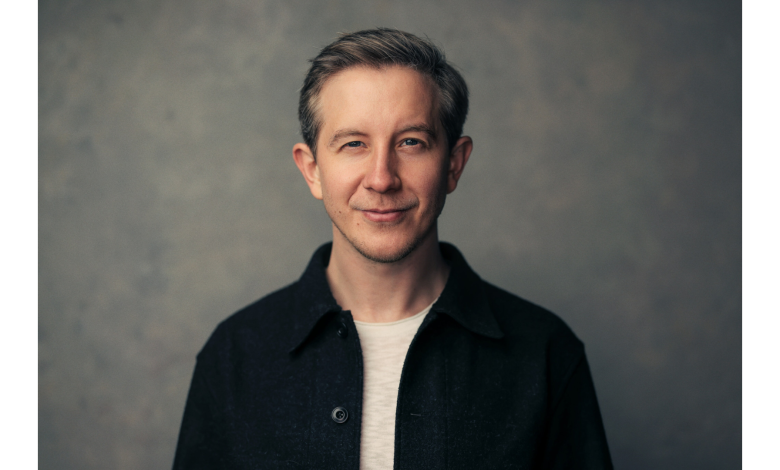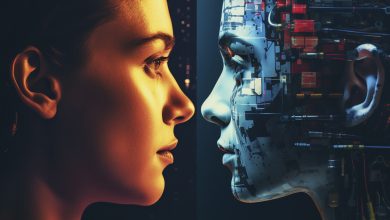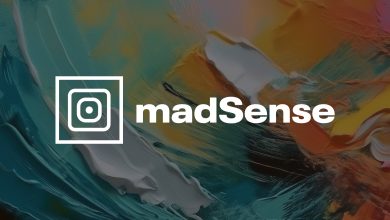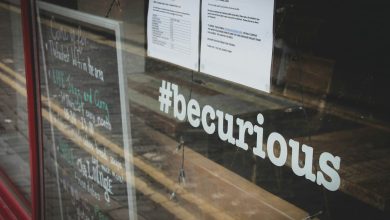
The visual effects (VFX) assembly line has always been time-inefficient. Incremental and inflexible, you’re held hostage by a linear pipeline that’s entirely incompatible with contemporary filmmaking. Artificial intelligence (AI) is providing a means to support faster iteration, better decision-making, and greater control.
The AI effect on VFX
VFX is known to be slow and expensive. AI introduces fluidity into previously uncompromising processes, meaning that simple things no longer take days or weeks to complete – AI creators can run through blocking, testing, restyling, and scaling in just a couple of hours. Previs and look development can happen concurrently. And quick compositioning enables creators to approve creative choices early, so only shots that have passed editorial are executed. While the first phases of rotoscoping, cleanup, and plate preparation and be automated, allowing experienced team members to focus on the details.
With AI-driven workflows, you can cut calendar time by 30–50% while improving visual consistency. Opening the door to small VFX creative labs.
Why size doesn’t always matter for VFX teams
Can AI-driven creative labs really hope to compete with large-scale VFX studios? That’s the pivotal question. And it depends entirely upon what you need from a project. Fluid simulations, for example, still really need to be completed through the traditional VFX pipeline. A good AI creative lab could probably come up with something passable, but the quality wouldn’t be there. Character-driven shots, stylised worlds, and design-led compositions are a completely different story. With five VFX artists testing aesthetics against story and blocking before building any complex rigs, the work can be completed in hours.
Every project is different and demands different processes. But with the right project, the right team behind it, and strong quality assurance (QA) gates in place, AI can make production faster and more cost-effective. The important thing is to have a clear line of communication across the project, and people on board who understand AI incredibly well.
Do you need bespoke AI tools to work well?
Off-the-shelf AI solutions now work pretty well, but they can never get you more than 70-80% of the way through a project. For the rest, you need custom solutions if you want nuanced results, consistent style outputs and quality. In most cases, this just means small, targeted additions, such as training lightweight, show-specific adapters or presets. This doesn’t take long if you know what you’re doing, but they are needed.
Does anyone want AI-driven VFX?
There is a definite market for AI VFX, but it comes with caveats. With increasing artist and studio unease, the major buyers want guardrails. So, look at publishers’ guidance on AI usage. Netflix, for example, states that vendors must disclose any planned use of AI upfront, avoid tools that store or train on production data, and prioritise enterprise-secured environments. AI-generated elements are also not to be allowed in final outputs without explicit approval, and talent performances must never be created or altered without consent. Any use of AI that involves final frames, third-party IP, personal data, or digital replicas requires written authorisation.
This is a comprehensive foundation to build your workflows upon.
How can small VFX teams make use of AI?
In our team, we work to five key principles.
- Front-load decisions – AI can help you explore multiple creative directions, so you don’t waste time scaling the unworkable
- Automate unskilled tasks – Rotoscoping and cleanup automation can free artists to focus on the high-impact creative work.
- Isolate data by show – By maintaining strict control over inputs and outputs, you can ensure everything remains traceable, reproducible, and compliant.
- Final shots should be human-led – AI is no substitute for human eye, taste, and judgment.
- Measure everything – AI requires ongoing optimisation. Tracking time saved, highlighting wins, and identifying bottlenecks, gives you the insight you need to improve.
AI holds masses of potential for VFX. But like everything else, it has to be done/used properly. So, while it might not yet be ready to take over every VFX process, it holds the potential to increase production values while reducing project timelines. You just need the right tools and people to manage it.
Douglas McGinness is founder and director of the AI creative studio Animated Company. His work has received a D&AD Wooden Pencil award and has screened at the Festival de Cannes. Clients include Apple, Nike, Google, Epic Games, BBC, Paramount, and more.



